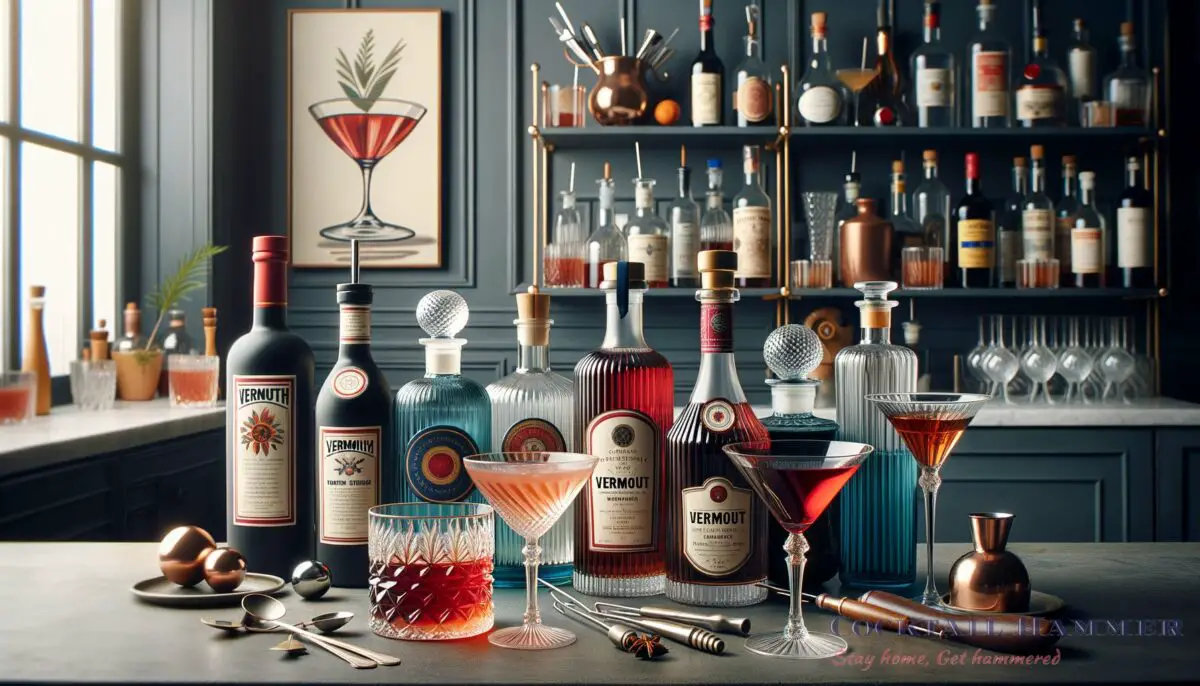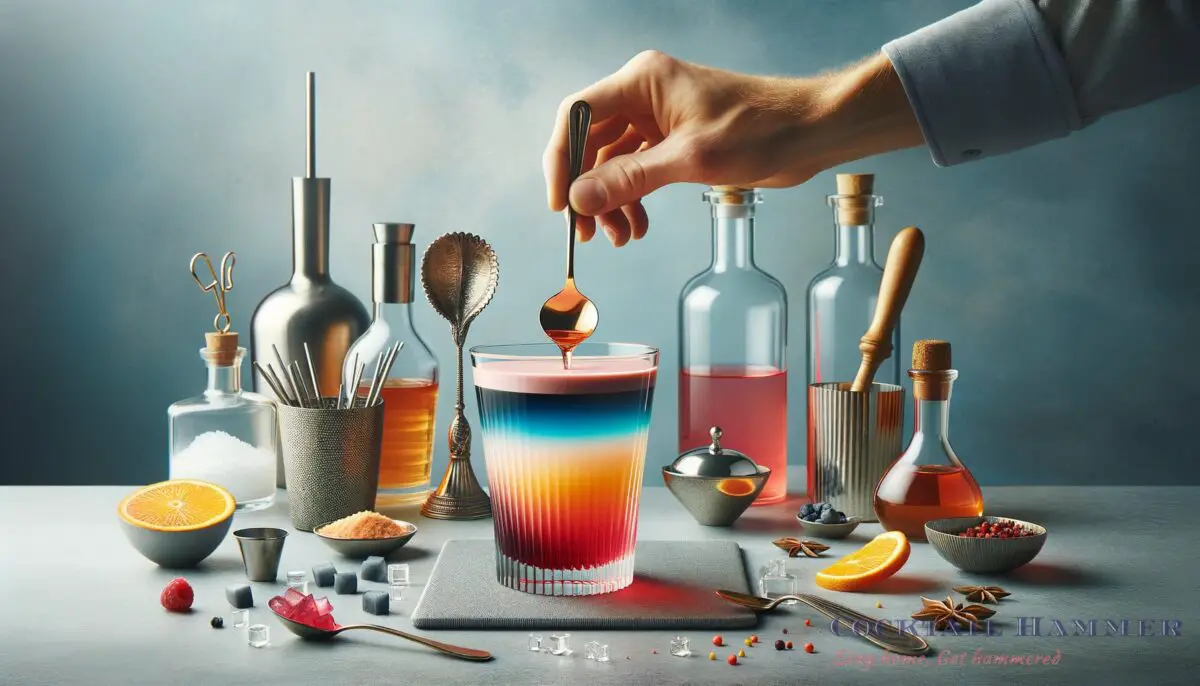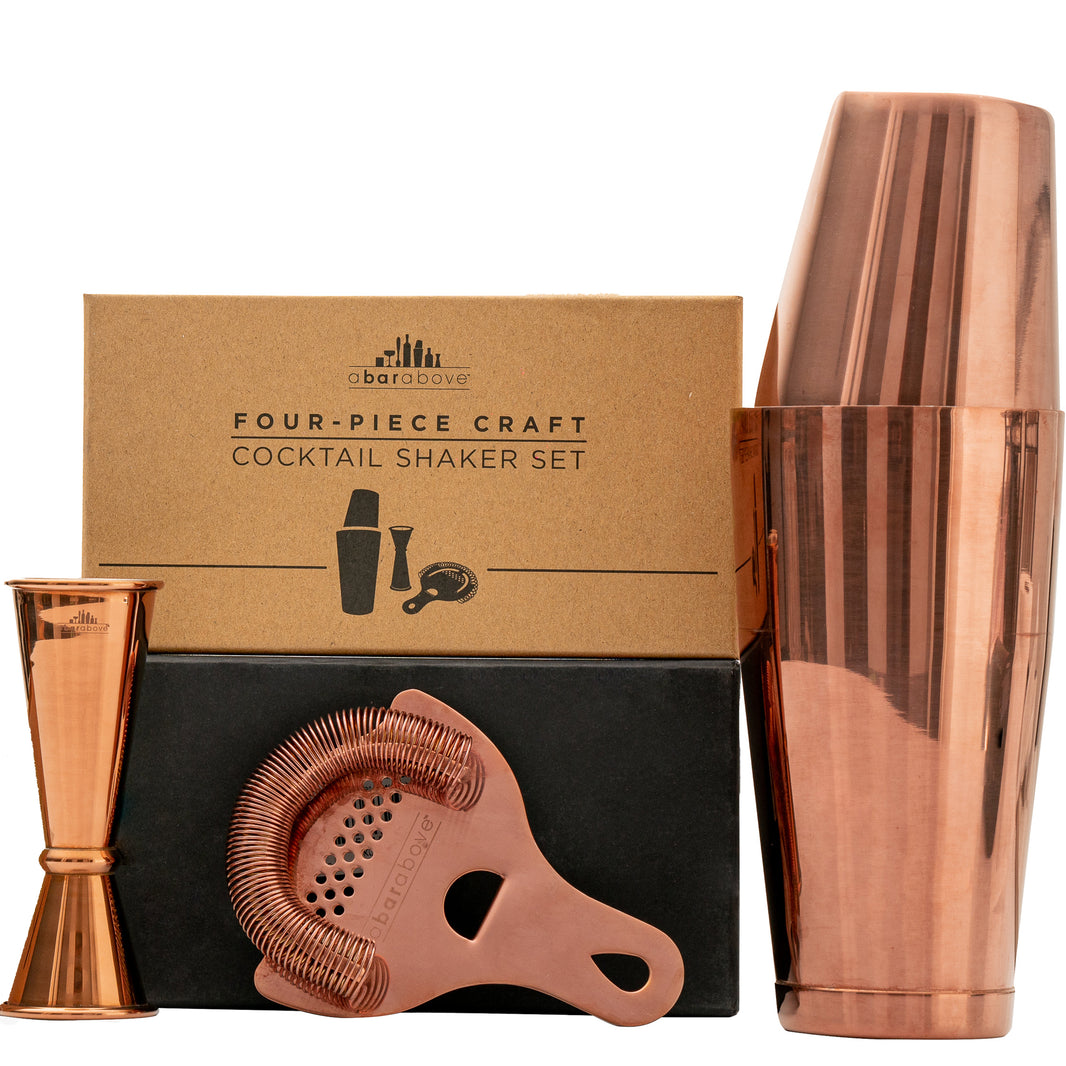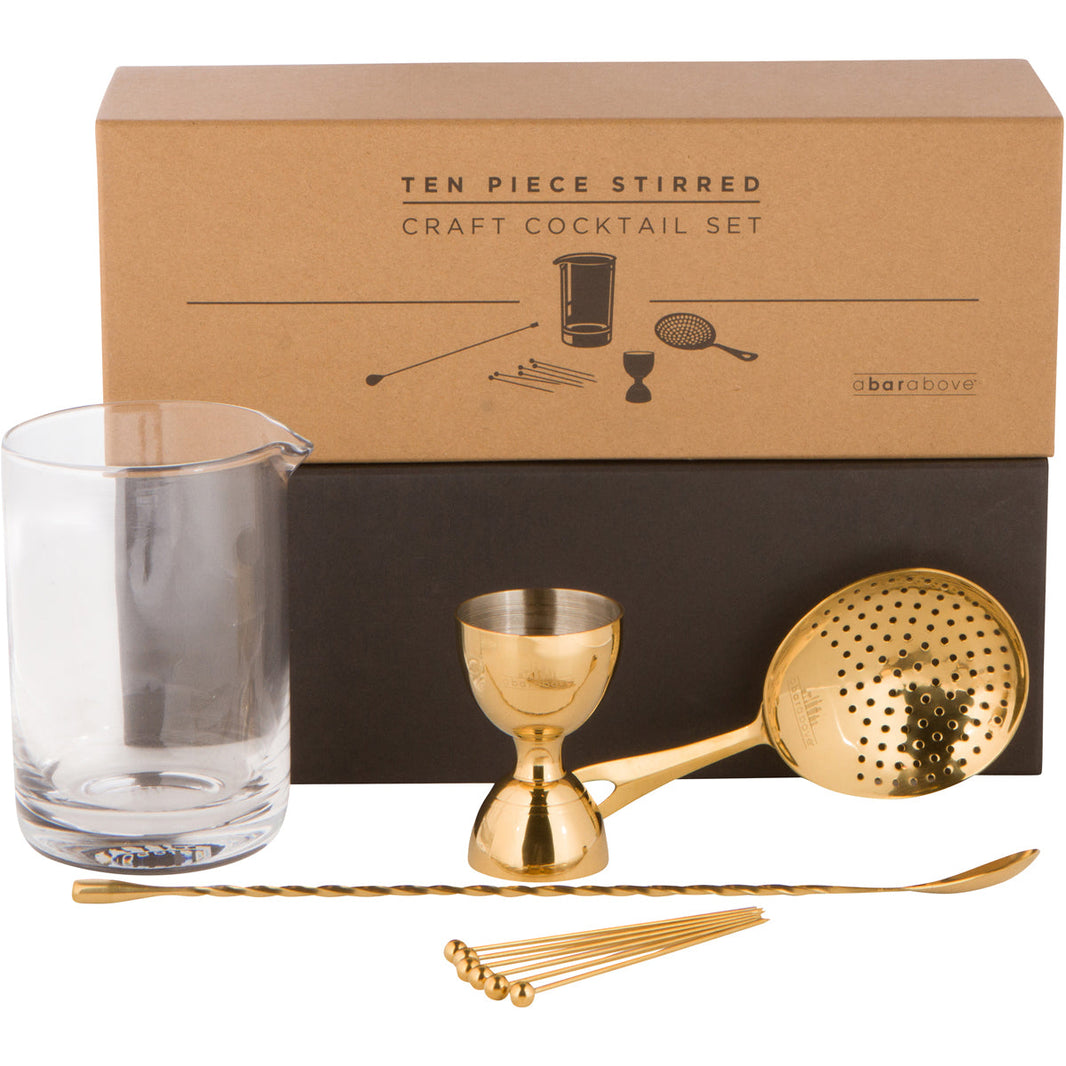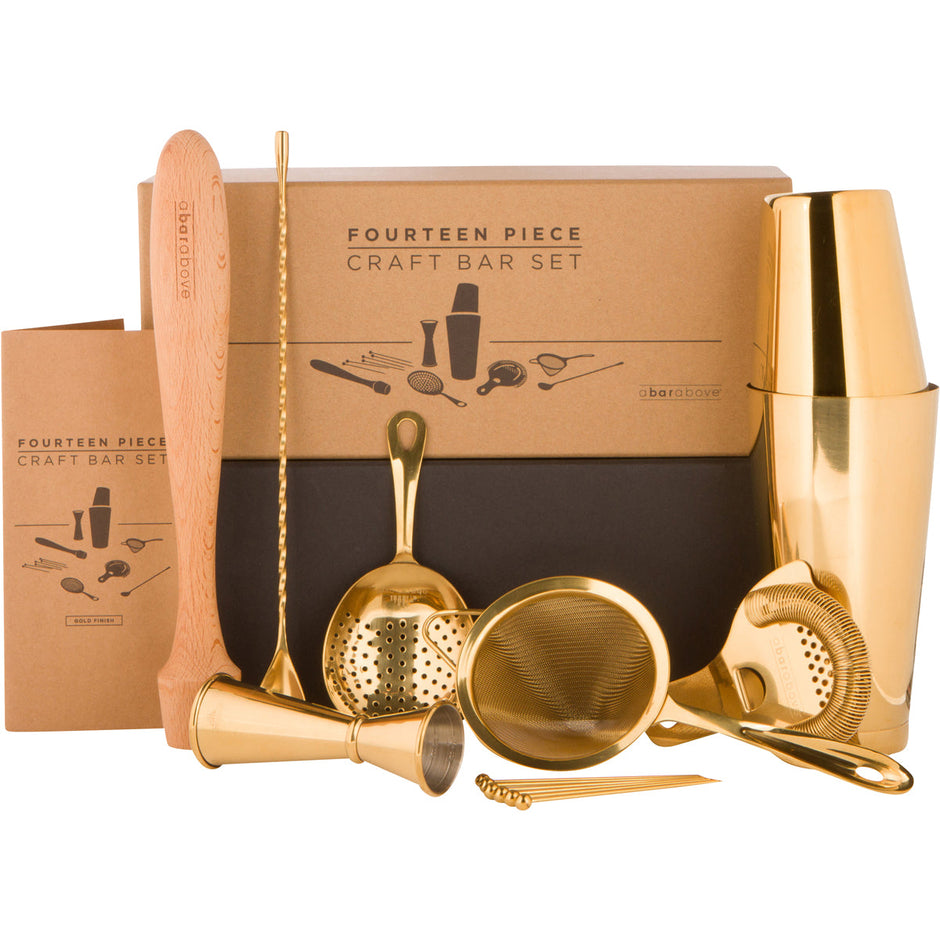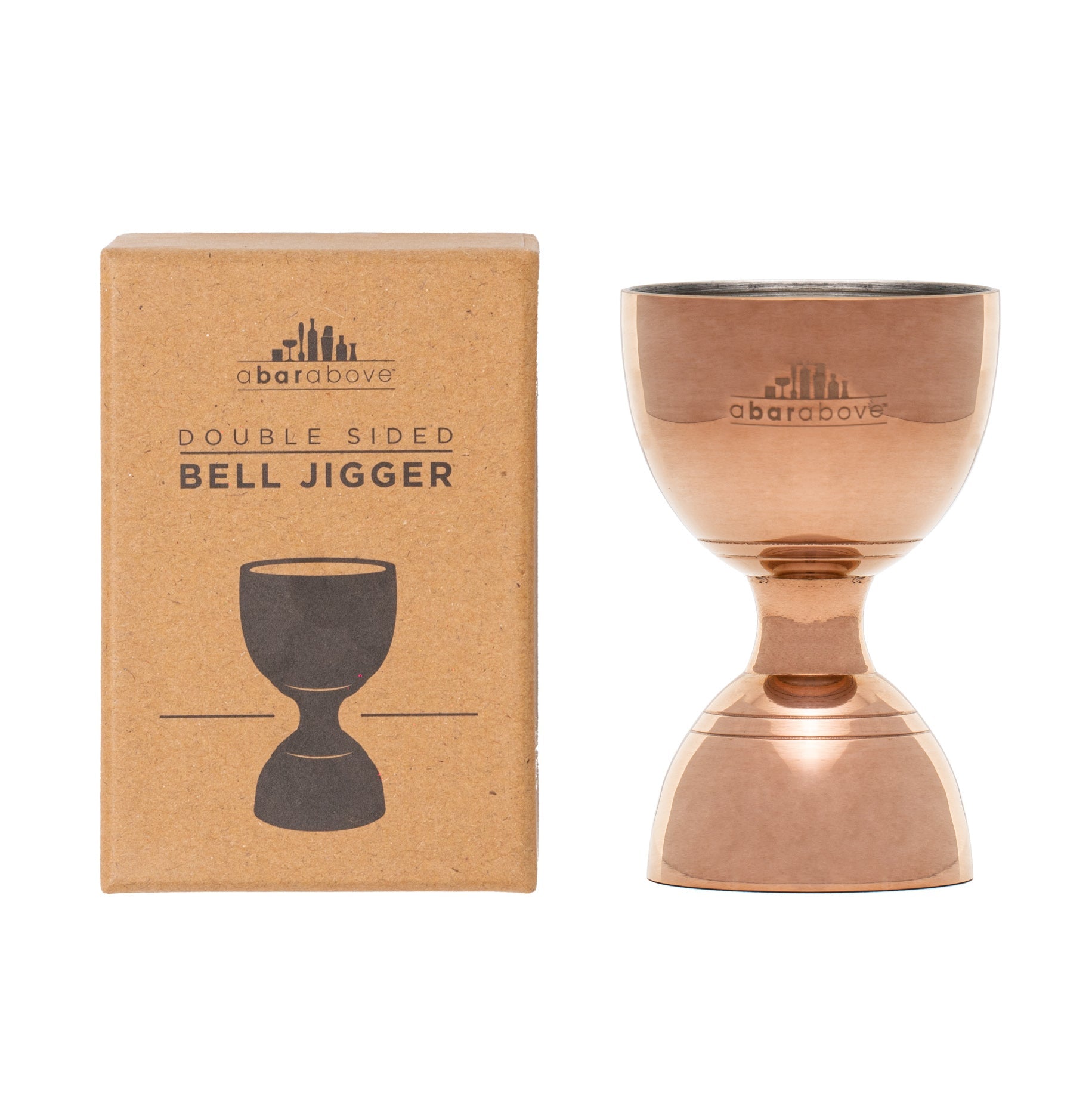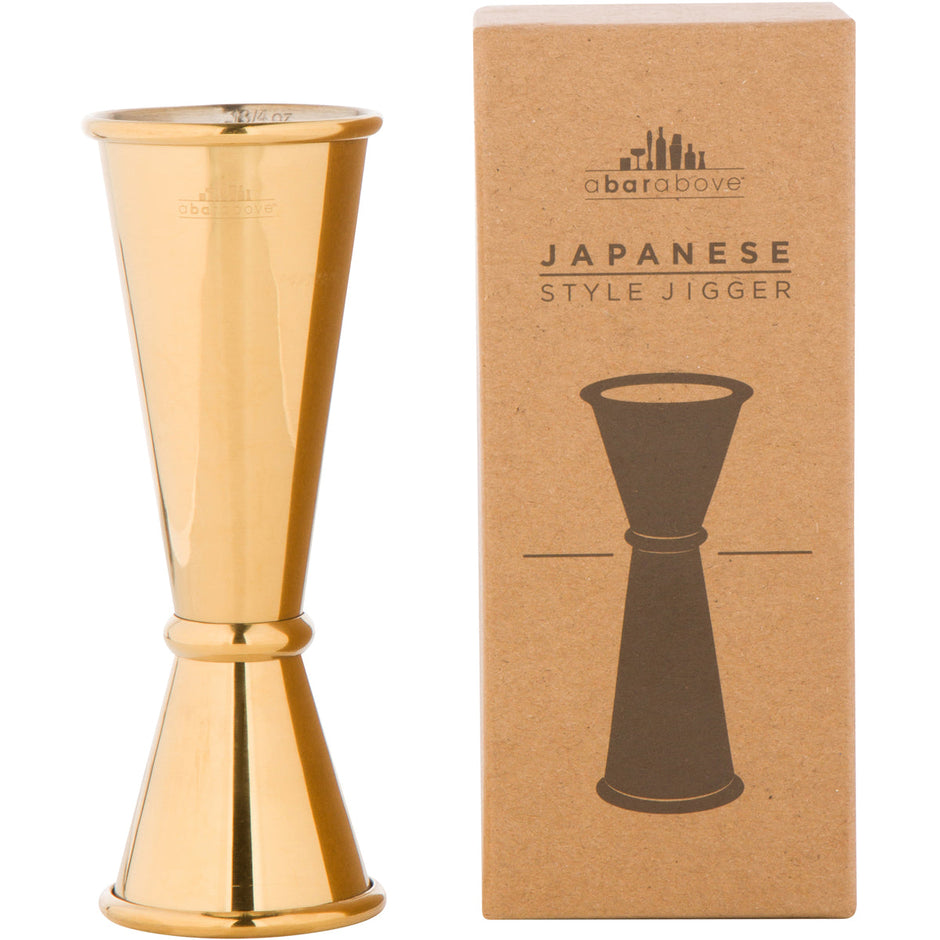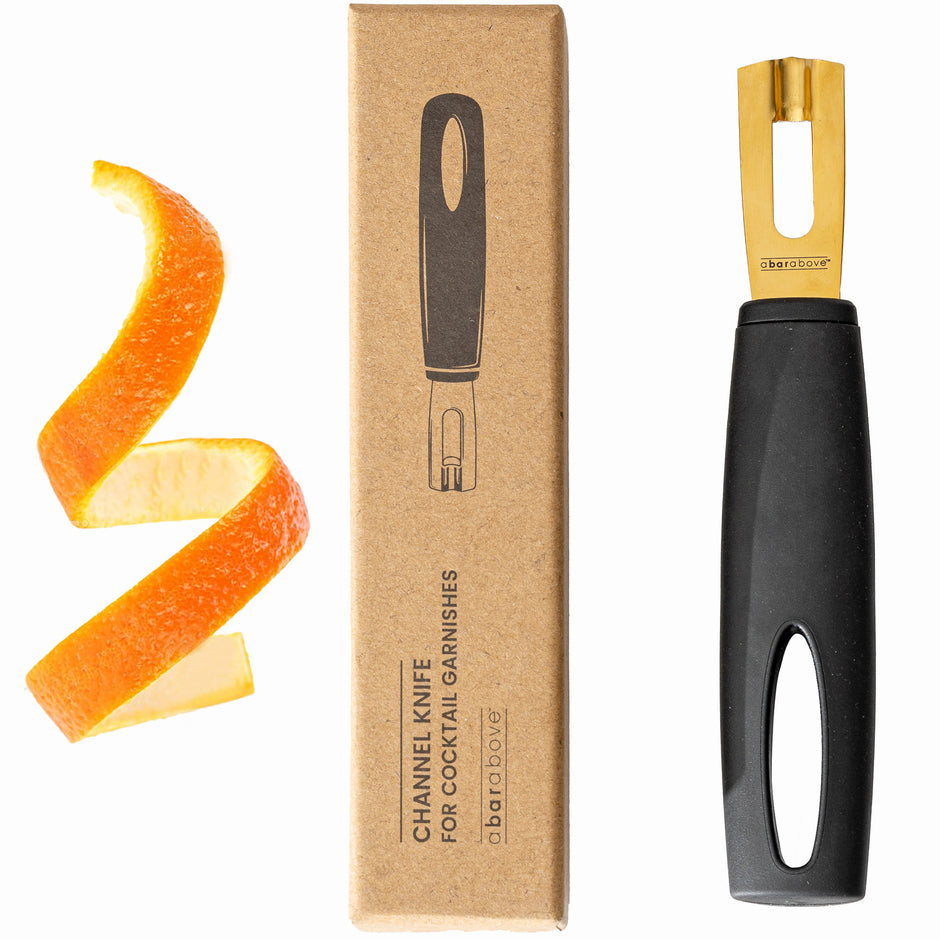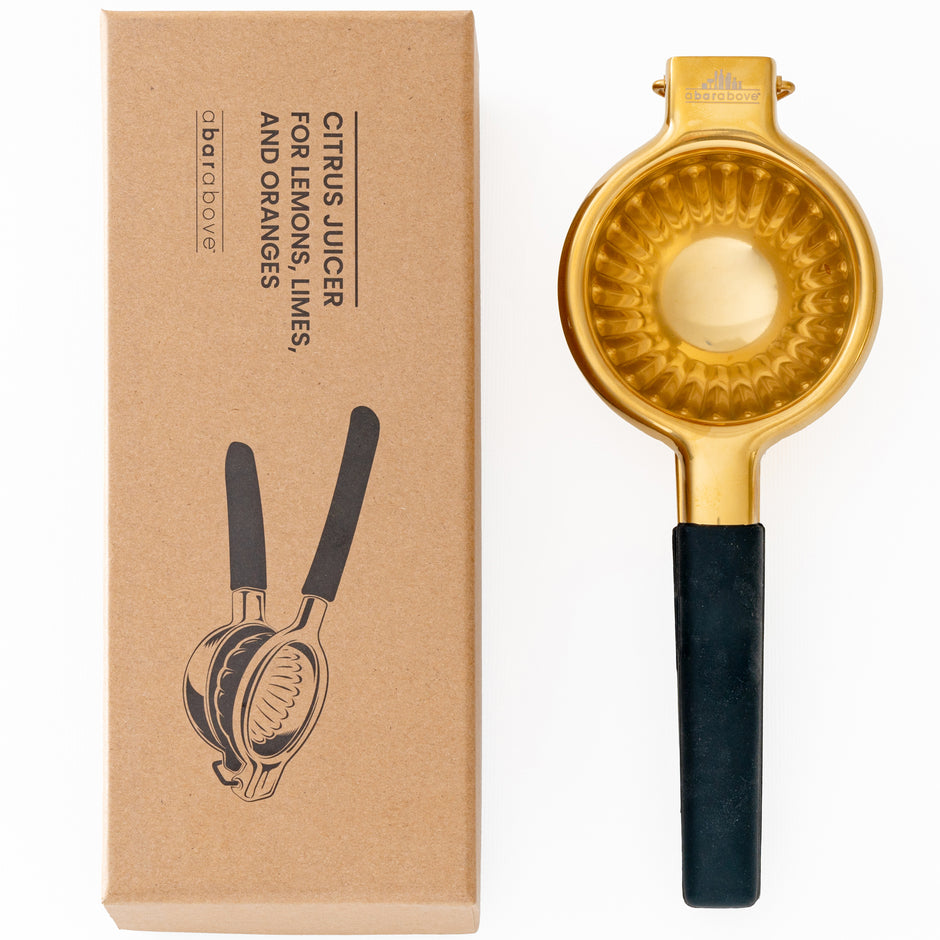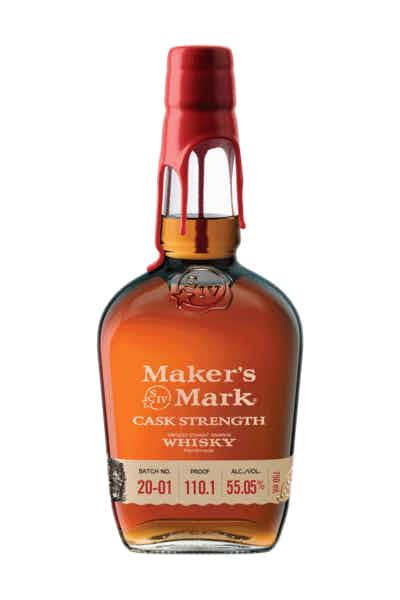In the bustling heart of NYC, where the debate is as rich as the cocktails, a common conundrum swirls in the glasses of both seasoned sippers and budding enthusiasts alike. In the realm of spirits, why does knowing the difference between bourbon and whiskey matter? It’s like distinguishing a top-tier bakeware kit for that perfect soufflé: essential for crafting a masterpiece. Whether echoing through trendy downtown bars or over a well-stocked home bar, this heated discourse is more than mere banter—it’s a testament to the craft.
You’ll dive into the heart of this spirited dialogue.
Key takeaways
- Bourbon is whiskey, but with strict American production rules.
- New charred oak barrels are essential for bourbon aging.
- Whiskey can hail from around the world, with regional styles adding richness to the category.
- Tradition meets innovation as bourbon distillers experiment to forge new tastes.
What’s the difference between bourbon and whiskey?
When you order a whiskey on the rocks or a neat pour of bourbon, you might not realize you’re stepping into a world rich with tradition, regulation, and distinct flavors. But what exactly sets bourbon apart from the rest of the whiskey family? Let’s distill it down:
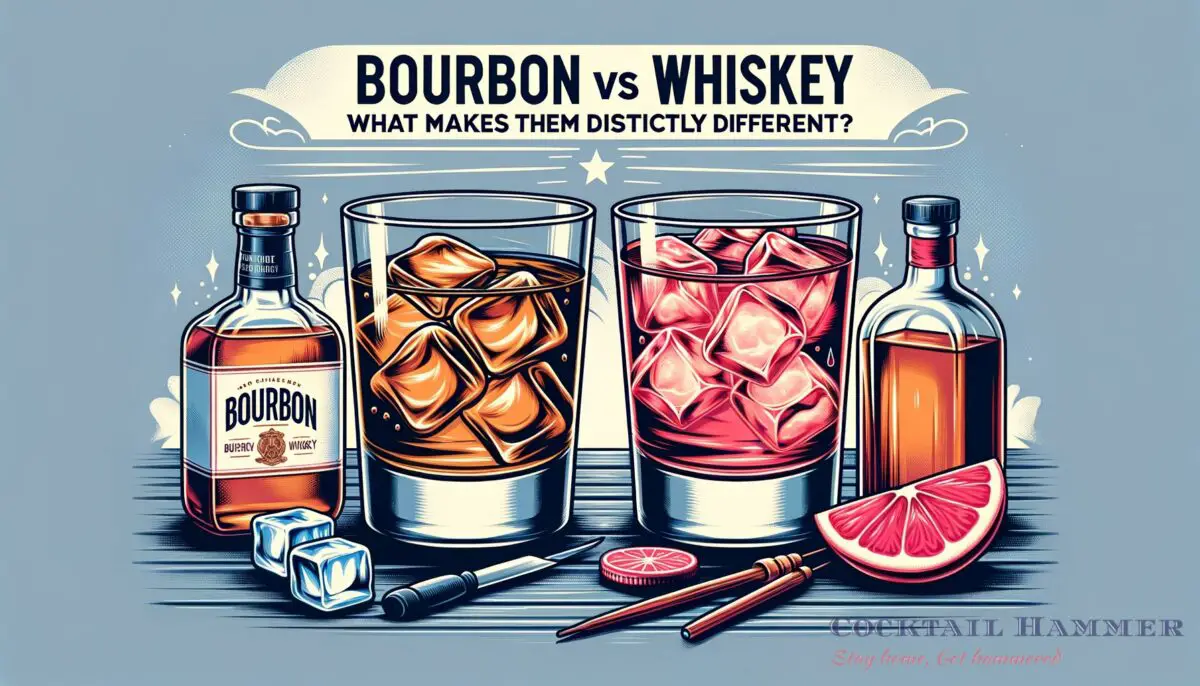
At its core, whiskey is a broad category of distilled spirits made from fermented grain mash, which might include barley, corn, rye, and wheat. Think of whiskey as a genre of music with multiple variations and styles—bourbon is one of those specific tunes that captures the soul of American distilling.
Bourbon, on the rocker hand, dances to specific rules. It must be produced in the United States, made from at least 51% corn, and aged in new, charred oak barrels. The corn-heavy mash bill gives bourbon its signature sweetness, while the charred oak imparts a unique smoky vanilla essence.
This isn’t just a flavor preference, but a strict code of production that ensures every bottle labeled ‘bourbon’ sings the same rich, amber-toned melody.
Bourbon’s journey starts with its grain mixture, which must contain at least 51% corn. This difference in the mash bill yields a distinctly sweet flavor, setting it apart from other whiskeys that might opt for higher rye or barley content.
Here’s a swift rundown on why you should care about the bourbon versus whiskey discourse:
- Bourbon is a type of whiskey, but not all whiskeys are bourbon.
- The unique characteristics of bourbon stem from regulated production processes.
- Understanding these differences elevates your appreciation and enjoyment of these spirits.
In this spirited journey into bourbon and whiskey, you’re not just uncovering nuances in taste but embracing a slice of history with every discerning sip.
The roots of bourbon and whiskey
Whiskey is woven into the very fabric of global spirits culture, with each country spinning its own thread of this storied drink. In Scotland, it’s whisky (‘without the e’), synonymous with peaty single malts. Jump across the Irish Sea, and you’ll find smooth triple-distilled drams.
But in America, the heart beats with a deep, corn-infused rhythm—a sound that bourbon alone can make.
While all bourbon is whiskey, the reverse isn’t the case. The distinction lies not just in ingredients and geography but also in the essence of its creation. Bourbon adheres strictly to its American roots and the regulations set by the U.S.
Congress in 1964, which declared bourbon “America’s Native Spirit.” This law stipulates that for a whiskey to be called bourbon, its life must start in the U.S., just as an elegant cocktail begins in the mind of a skilled mixologist.
Whiskey’s global journey
Whiskey production spans the globe, with each region’s climate and resources contributing to the personality of their pour. From the smokey Islay malts to the rich Canadian blends, the variety of whiskeys available mesmerizes even the most seasoned aficionado.

But what really differentiates bourbon within this mosaic of whiskeys are the strict laws for its production. Bourbon’s journey starts with its grain mixture, which must contain at least 51% corn. This difference in the mash bill yields a distinctly sweet flavor, setting it apart from other whiskeys that might opt for higher rye or barley content.
The legalese of bourbon
Legal requirements for bourbon
America’s regulations don’t just end at its corn content. To earn the name bourbon, the spirit needs to be distilled at no more than 160 proof and enter the barrel at 125 proof. After this, time and wood work their alchemy, transforming clear corn spirit into the complex, amber elixir we toast with today.
The bond between bourbon and barrels
Critical to this transformation is the barrel. Bourbon must age in a new, charred oak barrel, which imparts color and flavor. Unlike other whiskeys that find life in used casks, bourbon’s singular use of virgin barrels ensures a robust profile of vanilla, caramel, and toasty wood.
The personal touch of distillers
Handcrafting bourbon is an art, a distiller’s signature written in liquid. Personalizing the whiskey comes down to factors like the length of aging and the specific grains chosen for the mash bill. These choices can amplify the sweetness of corn or bring out spicy notes with rye, creating a range of profiles under the bourbon umbrella.
Stir in the innovation of modern distillers, and you’ll find the bourbon world is as dynamic as the latest mixology trends, where traditional recipes meet inventive twists. Dive into how technology shapes modern cocktail creation, and you’ll find parallels with today’s bourbon production.
Geography’s grip on flavor
The impact of climate on aging
Place a barrel in Kentucky’s humid summers and bone-chilling winters, and the wood expands and contracts rhythmically, allowing bourbon to dance in and out of the charred staves, extracting a complexity of flavors. This isn’t accidental—it’s the soul of bourbon speaking through each season.
American bourbon versus world whiskey
Part of the magic is the blend of strict American regulations and the influence of Kentucky’s unique climate. Compare this to Scotland or Ireland, where the cooler, damper climes lend themselves to a different maturation process—producing spirits as varied as the landscapes they hail from.
Tasting the difference
Sweet corn versus bold barley
On the palate, bourbon greets you with sweetness, a result of the dominant corn mash. This is not merely a taste preference but a guideline that distinguishes bourbon in the whiskey universe. A sip reveals layers of caramel, oak, and vanilla, distinct from the usually more herbal or fruity notes found in other whiskies.
The proof is in the pour
Proof plays a pivotal role in shaping bourbon’s body and texture. By mandate, bourbon enters the barrel at a lower proof, allowing distillers to dilute less and bottle more of the barrel’s character—a full-bodied, richer spirit emerges as a result.
Serving styles
Enjoying whiskey and bourbon unfolds a spectrum of cultures and ceremonies, from the neat pours and water dashes of Scotch to the ice-clinking Kentucky Chew for tasting bourbon. Each serves to highlight the spirit’s traits, like a shaken versus stirred cocktail—both are artful, but distinctly different.
Pairing with food and events
Bourbon finds its place not only in glasses but as a staple in the Southern kitchen, marrying well with barbecue or a rich steak. Its inherent sweetness makes it as much a treat in a culinary context as it is in your favorite Old Fashioned.
The collectors’ corner
For some, bourbon is more than a beverage—it’s a collectible, a treasure hunt where limited releases and single-barrel offerings create a cult following. Much like a meticulously curated home bar cart, a bourbon collection showcases personal taste and a dedication to the craft.
The economics of scarcity
Rare bourbons can fetch astronomical sums, driven by the same market forces of supply and demand that shape the world of fine art and vintage wines. Collectors savor the pursuit as much as the palate, with the story of each bottle adding to its allure and value.
Blending and bottling
Just like a bartender orchestrating a symphony of flavors, the final blend of bourbon pulls from various barrels to achieve consistency and complexity. Master Distillers are akin to conductors, ensuring each batch resonates with the brand’s signature style.
The art of labeling and lore
And there’s an artistry to bourbon beyond the bottle—the label carries the spirit’s legend, usually bedecked with stories of heritage, rebellion, or geographical homage, becoming an intricate part of the experience.
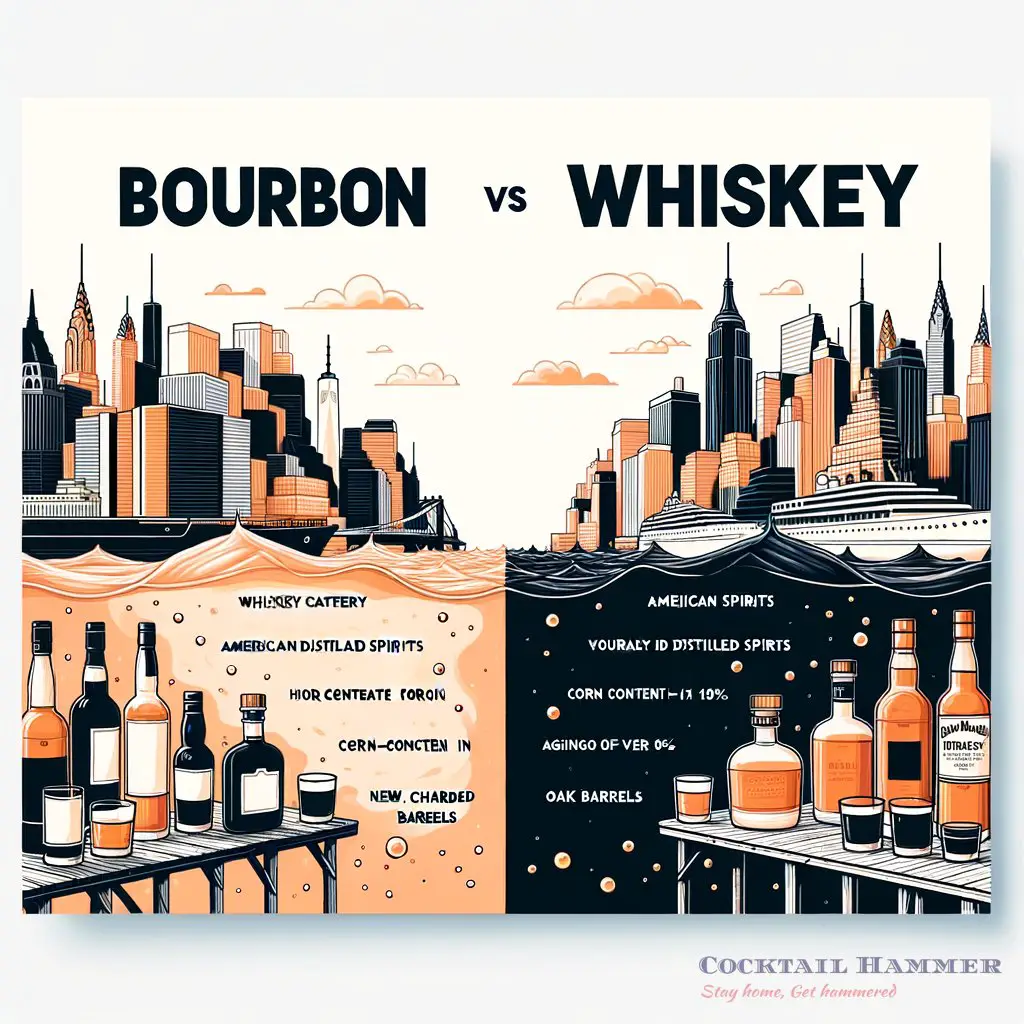
The impact of innovation
The bourbon industry is not immune to innovation; producers are experimenting with everything from variations in aging, unconventional grains, to distinctive fermentation processes. It’s a golden age where tradition meets experimentation—a conversation as vibrant as those about foraging for cocktails.
Technology’s touch on bourbon’s future
Employing new tech and embracing sustainability, today’s bourbon makers are not just preserving a legacy but are defining what the future of this American classic will look like.
Understanding Whiskey and Bourbon at a Glance
| Aspect | Whiskey | Bourbon |
|---|---|---|
| Main ingredient | Grain mash (varying types) | At least 51% corn |
| Production location | Global | United States only |
| Distillation proof | Varies by country/regulation | No more than 160 proof |
| Entry proof into the barrel | Varies by country/regulation | 125 proof or less |
| Aging requirements | Varies widely, some with no minimum | Must be aged in new, charred oak barrels |
| Flavor profile | Depends on grain, region, and production methods | Generally sweet with a vanilla and caramel influence |
| Served | Neat, with water, on the rocks, or in cocktails | Usually enjoyed neat or in cocktails like the Old Fashioned |
A clear pivot toward understanding bourbon and whiskey is to see their characteristics side by side. While all bourbons are whiskey, the bourbon designation demands a specific set of criteria that deliver its unique taste and storied heritage.
Table caption: This succinct comparison between whiskey and bourbon points out their key differentiating factors.
Navigating the whiskey and bourbon shelves can be as complex as a dance – a few missteps and the experience might not be as smooth as you’d hoped. To help you step confidently, here’s a distilled guide of dos and don’ts, essential for any enthusiast looking to enjoy these spirits to their fullest. Whether you’re toasting at a high-spirited soiree or savoring solo, keep these tips on tap.
Bourbon and Whiskey Dos and Don’ts
| Do This | Don’t Do This |
|---|---|
| Sip bourbon neat first. Taste it before adding ice or water to appreciate the full flavor profile. | Judge a whiskey by its age. While age can indicate quality, it’s not the sole determinant of excellence. |
| Store bottles upright. Prevents the cork from deteriorating, which could spoil the whiskey. | Expose to extreme temperatures. Maintaining a consistent, cool temperature preserves the integrity of the spirit. |
| Experiment with food pairings. Bourbon’s sweetness complements rich, savory dishes. | Add mixers to high-end bottles. This can mask the nuanced flavors that you’re paying a premium for. |
| Educate your palate. Attend tastings to expand your knowledge and palate. | Stick to one brand. Variety is the spice of life, and you might find a new favorite by exploring. |
This guide offers a roadmap to the rich experiences bourbon and whiskey have to offer, ensuring your journey is as rewarding as the spirits themselves.
In my opinion, and as someone who’s mixed more than a few drinks in their time, bourbon’s sweetness adds a welcoming warmth to cocktails that you just don’t get with other whiskeys. It’s like the comforting hug of an old friend. And even though I’m not an expert, I can’t help but notice how the new charred oak barrels used for bourbon aging seem to impart a depth of flavor that invites newcomers with its approachability.
Plus, the varied aging climates from different regions really do produce distinguishable characteristics in whiskey. For instance, the crispness of a rye whiskey that’s been through a harsh northern winter has its own charm. Every pour is a narrative of where it’s been and the craftsmanship behind it.
For an enticing read on the allure of spirits from colder regions, one might explore how Aquavit captures the spirit of Scandinavia in a cocktail context.
If you are a visual learner, check out this video titled ‘We Finally Know The Real Difference Between Bourbon And Whiskey’
Frequently asked questions (FAQ)
Can bourbon only be made in Kentucky?
While Kentucky is famed for its bourbon production thanks to its ideal climate and water filtration through limestone, bourbon can actually be made anywhere in the U.S. The key is adhering to the legal production standards that qualify the spirit as bourbon, not the geography within the country.
Does bourbon have to be aged for a specific amount of time?
Yes, bourbon must be aged, though not for any specific duration to be labeled straight bourbon, the spirit has to spend at least two years in the barrel. There’s also no upper limit, which is why you’ll find bourbons ranging from just a couple of years old to decades-old vintages offering a deeper complexity.
Is it true that all bourbons are made from a sour mash process?
Not all bourbons are made using the sour mash process, though it is common. This technique involves using a portion of the previous batch’s fermented mash in the next batch, which helps maintain consistency in the pH and flavor profile. However, using a sweet mash, where each batch starts anew, is also a method employed by some distillers.
Final thoughts
As our glasses clink in a toast to the nuanced world of bourbon and whiskey, it’s clear that the journey from grain to glass is steeped in tradition, law, and a splash of rebellion. Whether bourbon’s vanilla-kissed warmth whispers to you or the bold diversity of global whiskeys calls your name, there’s a wealth of spirited stories waiting to be explored in every bottle. As a home bartender with a passion for the liquid lore of these beloved beverages, I invite you to pour, ponder, and enjoy the rich tapestry of flavors and histories they offer.
With the essence of bourbon and whiskey now swirling in your glass of knowledge, what will be your next pour? Did I cover everything you wanted to know? Let me know in the comments section below I read and reply to every comment. If you found this article helpful, share it with a friend, and check out my full blog for more tips and tricks on this spirited subject. Thanks for reading and here’s to raising a glass to learning and savoring!



